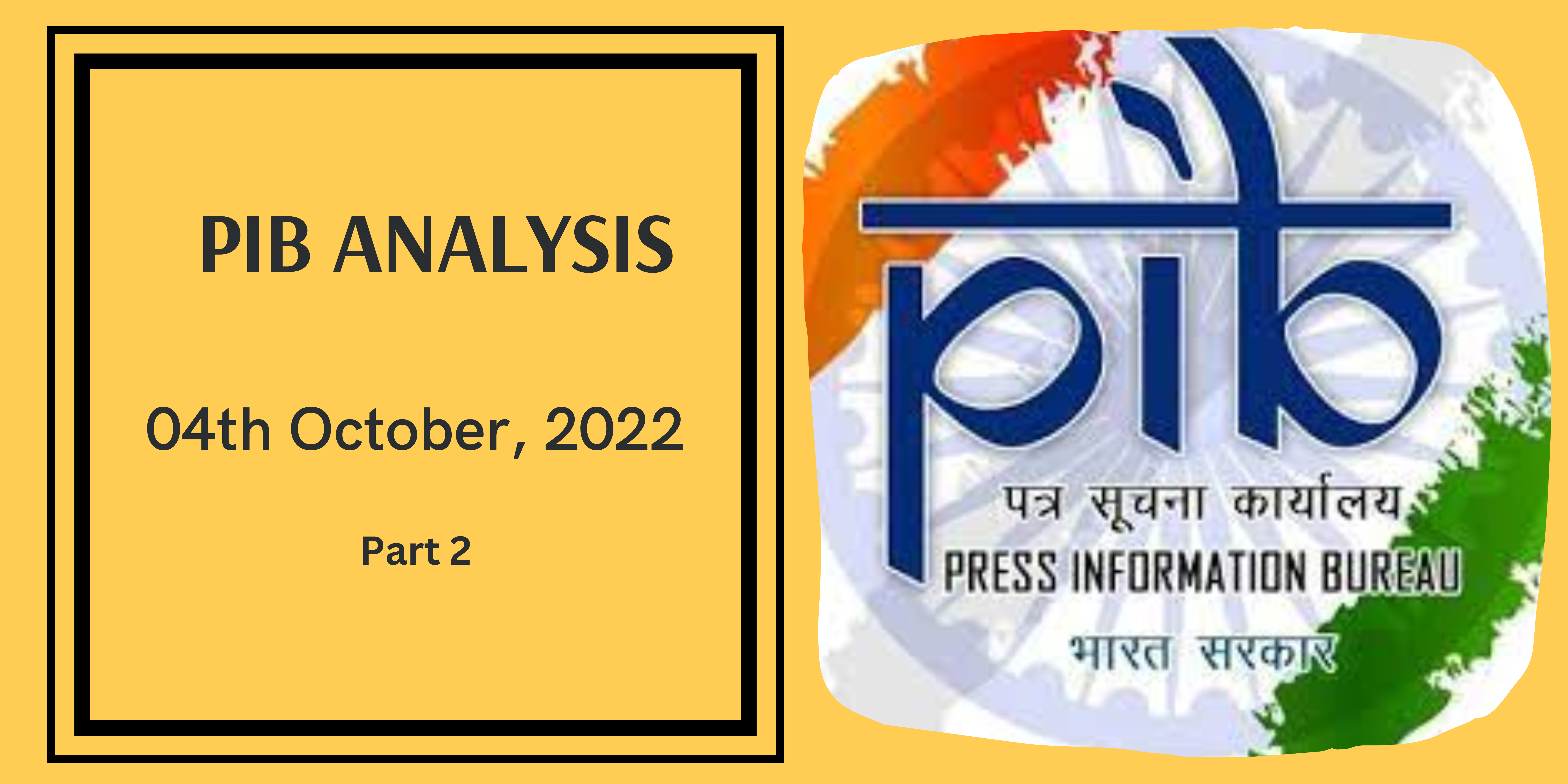Navigating the Waters of Access: Analyzing the Progress, Challenges, and Way Forward for ‘Har Ghar Jal’ Missions in India
Context:
The analysis aims to delve deeper into understanding the commitment to ensure piped, potable water access for all rural households by 2024, the challenges and the way forward in achieving the noble objective of providing safe and accessible tap water to every rural household in India.
Relevance:
GS-02, GS-03 (Government Policies & Intervention) (Conservation)
Prelims:
- Har Ghar Jhal
- Village water and sanitation committee (VWSC)
- Functional Tap connection
- Sansad Adarsh Gram Yojana
Mains Questions:
- Analyze the progress made under the ‘Har Ghar Jal’ missions in providing piped water connections to rural households in India. Discuss the challenges faced and suggest measures to enhance the reliability of the reported data. (150 words)
Dimensions of the Article:
- Current Status of ‘Har Ghar Jal’ Missions
- Challenges and Slowdown Factors
- Reliability of Data
- Identifying Regional Disparities
Current Status of ‘Har Ghar Jal’ Missions
Under the ‘Har Ghar Jal’ missions, the Indian government has made commendable progress in providing piped water connections to rural households. As of now, approximately 64% of rural households, amounting to around nine crore households, have access to their own exclusive piped water connections. Additionally, certain institutions like village schools, anganwadis, and community buildings have also been connected to the water supply network.
Challenges and Slowdown Factors
Despite the progress, the mission faces various challenges that have hindered its rapid implementation. Firstly, the COVID-19 pandemic disrupted supply chains and civil construction activities, causing delays in the distribution of pipes and other infrastructure necessary for the project. Moreover, the ongoing Russia-Ukraine conflict affected the availability of critical resources, further contributing to the slowdown.
Reliability of Data
One major concern is the reliability of the data reported by the Jal Shakti Ministry, which solely relies on data provided by the States. This approach may not provide an accurate representation of the actual progress made on the ground. For instance, the number of villages certified as ‘Har Ghar Jal’ only amounts to 35% of the reported cases, suggesting that the majority of villages have only partially connected households. An independent assessment conducted by the Ministry revealed that approximately 62% of households were connected in a small sample of 13,300 villages, questioning the overall representativeness of the official figures.
Identifying Regional Disparities
The uneven progress of the ‘Har Ghar Jal’ missions across different states also raises concerns about regional disparities. States like Gujarat, Haryana, and Punjab, which started from a relatively higher base in 2019, have achieved 100% compliance. However, other states face significant challenges in reaching similar levels of implementation. It is crucial to address these regional discrepancies and ensure equitable access to safe drinking water for all rural households.
Way Forward

- Strengthening Data Transparency: The central government should establish a transparent mechanism to monitor and disclose the scheme’s performance on the ground. This would help in accurately assessing the progress made, identifying bottlenecks, and implementing corrective measures.
- Infrastructure Development: Efforts should be made to expedite the distribution of pipes and construction of necessary infrastructure. Collaborative partnerships between the government, private sector, and NGOs can be explored to ensure timely and efficient resource allocation.
- Community Engagement: Active participation and engagement of local communities, gram panchayats, and other stakeholders are vital for the success of the missions. Awareness campaigns should be conducted to educate people about the importance of safe drinking water and the benefits of the piped water connection.
Conclusion:
While the ‘Har Ghar Jal’ missions have witnessed significant progress, achieving the ambitious target of providing piped, potable water to every rural household by 2024 remains a formidable task. The challenges posed by external factors, data reliability, and regional disparities require immediate attention. It is essential for the government to enhance transparency, expedite infrastructure development, and foster community engagement to ensure the effective and equitable implementation of the missions. Access to safe drinking water is not only a fundamental right but also a steppingstone towards overall development and well-being.




